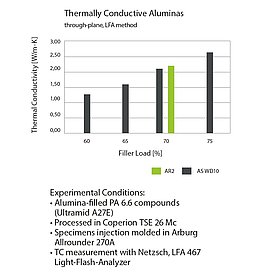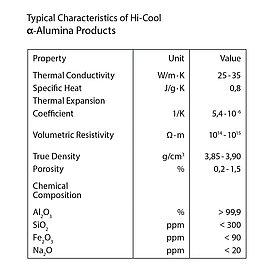Hi-Cool TCF Alumina
While polymers intrinsically have a low thermal conductivity in the range of 0.2 W/m·K, aluminas with particularly high content of the α-modification show thermal conductivities of rather 30 W/m·K. Specific calcination and purification processes are responsible for the formation of the beneficial trigonal crystal structure and a high density of about 3.9 g/cm3 . An evenly structured, undisturbed crystal lattice is decisive for the heat conduction by atom oscillations (phonon theory for heat conduction in solid phases).
Read more
„Direction independent heat dissipation and facilitated design of electrical and electronic components.“
Hi-Cool TCF aluminas are manufactured in two different processes leading to either micron-sized near-spherical particles or pure spheres with median particle diameters between 1 µm to 120 µm. The spherical morphology of both lines allows high packing densities or high filler loads respectively to boost the compound conductivity. Filler loads up to 75 wt.% are realistic in thermoplastics, while pastes and other thermal interface materials can even be filled up to 90 wt.%. The spherical structure of both series of Hi-Cool TCF aluminas leads to almost isotropic behavior. In-plane and through-plane thermal conductivities show rather equal values. This effect allows a direction independent heat dissipation rate and eases the design of electrical and electronic components.
Technical details of the Alumina
Download brochure
AR Grades
AR grades are specifically calcined and purified aluminas in micron to submicron size with near-spherical and uniform shape. The overall characteristics exhibit a universal, flexible utilization to create high-performance compounds for versatile applications.
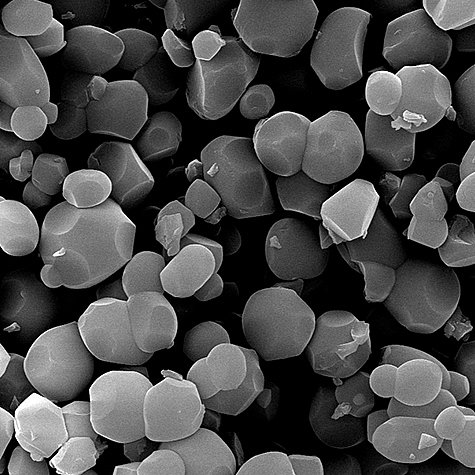
Key Features
- High crystallinity and α-phase alumina portion for excellent thermal conductivity
- Low soda and iron content for perfect electrical insulation and tracking resistance
- Near-spherical particles with smooth surface lead to outstanding fluidity and dispersibility as well as high filler loads at low viscosity
- Spherical shape and small particle size avoid mechanical wear
- Very fine particle size and narrow distribution provide a basis for balancing appropriate mechanical compound properties, an easy integration of the products into thin-wall parts and even films
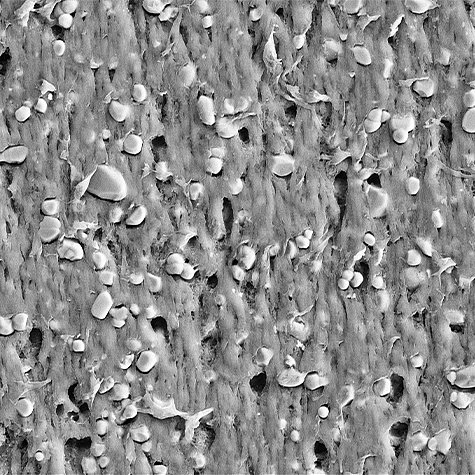
Major Applications
- Thermal interface materials: heat sink sheets, heat dissipation boards, heat dissipation greases, semiconductor sealing resins, silicone-based heat dissipation adhesives
- Thermal engineering plastics: LED lamp sockets and covers, heat sinks, cooling elements, housing parts and shells
- High thermal conductivity circuit boards for power electronics
AS Grades
AS grades comprise of spheroidized alumina, manufactured from calcined alumina powder in a high temperature bubble-jet process. The specific procedure allows to control a remarkable sphericity, a spheroidization rate of more than 98 %, the particle size and the physical material properties, such as content of α-alumina phase being important for the thermal conductivity. AS grades are available in narrow particle size distributions providing lowest viscosities in plastic systems, but also multimodal distributions for highest packing densities by filling the gaps between spheres.
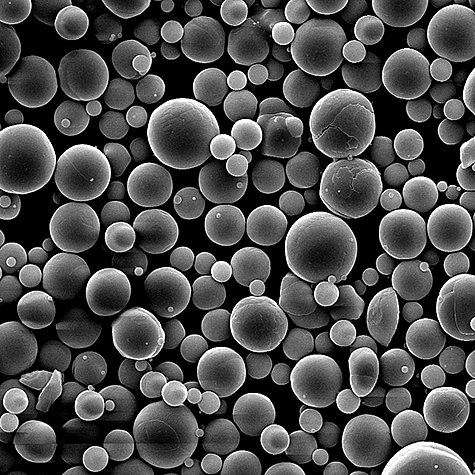
Key Features
- The perfect spherical structure results in excellent rheological properties of plastic compounds. Flow path and MFR values are many times higher in comparison to more irregularly shaped fillers. Lower viscosities increase the filling capacity.
- The high degree of sphericity leads to a multidirectional, quasi-isotropic heat transfer.
- Very low abrasion in mixers, compounding equipment and injection molding
- Reduces energy consumption in processing
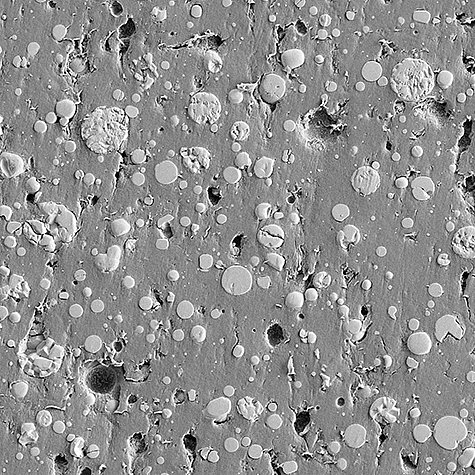
Major Applications
- Silicone and epoxy resins requiring low viscosities at high filler loads
- Thermal engineering plastics, particularly for injection molded parts
- CCL and MCCL laminates
- Adhesives and sealant materials for electronic and electrical components


